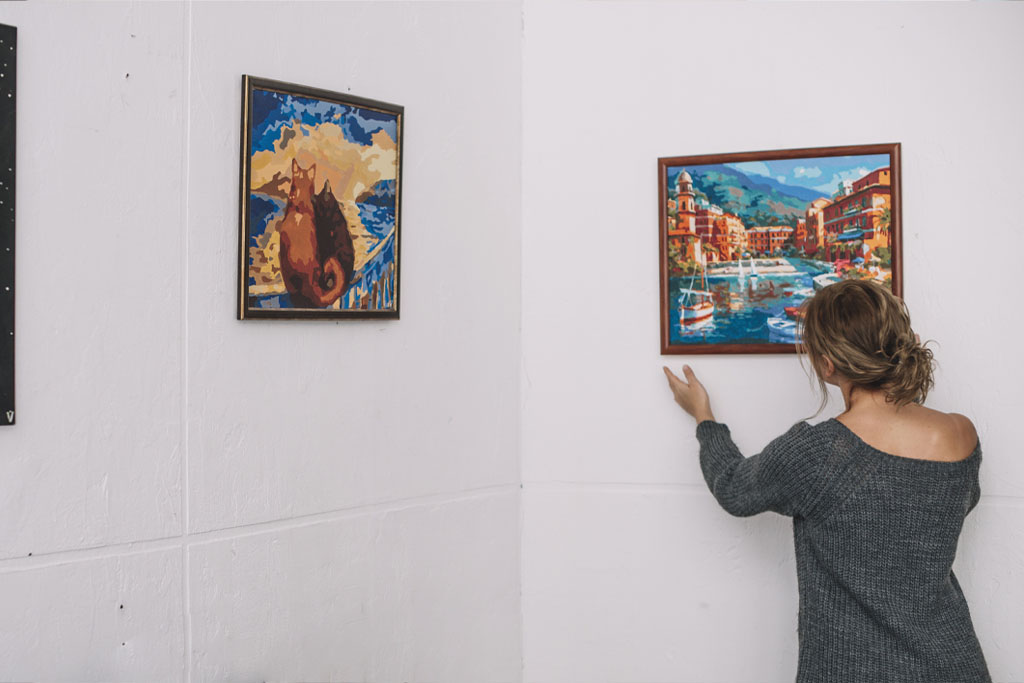You wanna have your own art collection?
Ether you’re a seasoned art enthusiast or a novice eager to delve into this enriching experience, starting an art collection is an accessible and fulfilling endeavor. In this guide, we’ll explore the essentials of beginning your own collection and how to navigate the art world with confidence and joy.
Laying the Foundation: Understanding Your Taste
The first step in starting your art collection is understanding your personal taste. Art is incredibly subjective, and what resonates with one individual may not appeal to another. Spend time visiting galleries, art shows, and museum exhibitions to get a sense of what truly captivates you. Remember, the goal is to collect art that you love and that speaks to you on a personal level.


Setting a Budget: Art for Every Wallet
One common misconception is that starting an art collection requires vast sums of money. This is far from the truth. While some collectors may invest in high-priced pieces, there are numerous affordable options for those just starting out. Decide on a budget that is comfortable for you, and remember, you can always start small and gradually build your collection over time.
Famous art collector Peggy Guggenheim once said, “I took advice from none but the best. I listened, how I listened! That’s how I finally became my own expert.” This quote emphasizes the importance of learning and listening, but ultimately trusting your own instincts.
Look for emerging artists whose work is more affordable but holds potential for appreciation. Attend local art fairs, visit smaller galleries, and even explore online platforms. Sometimes, the most meaningful pieces are found in the most unexpected places.
Diversifying Your Collection: Mixing Mediums and Styles
A well-rounded art collection often includes a variety of mediums and styles. Consider diversifying your collection with paintings, sculptures, photography, and prints. Each medium offers a different aesthetic and emotional experience. Mixing contemporary art with more traditional pieces can also create a dynamic and visually interesting collection.
Authenticity and Research: Know Your Art
Understanding the authenticity and history of the artwork is crucial. Research the artists and their works, attend art talks, or consult with art advisors or experienced collectors. Knowing the story behind a piece adds depth and value to your collection.

Conclusion: Building Your Personal Gallery
Starting your own art collection is a journey of discovery, not just of art, but of your own aesthetic preferences and values. It’s a personal gallery that grows and evolves with you over time. Remember, the goal is not to simply acquire art, but to build a collection that reflects your unique identity and brings you joy and inspiration.
As you embark on this journey, stay curious, be patient, and enjoy the process of exploring the diverse and enriching world of art. Your collection is a testament to your journey through the world of art, a visual narrative of your experiences, tastes, and passions. Happy collecting!


